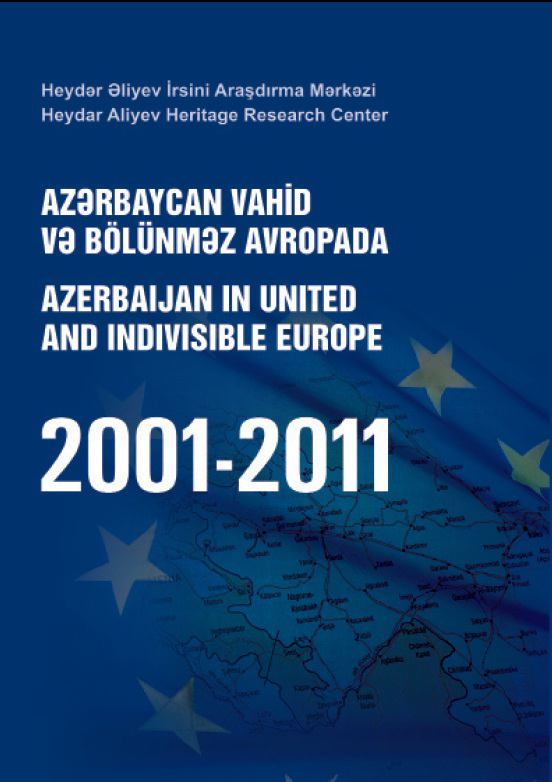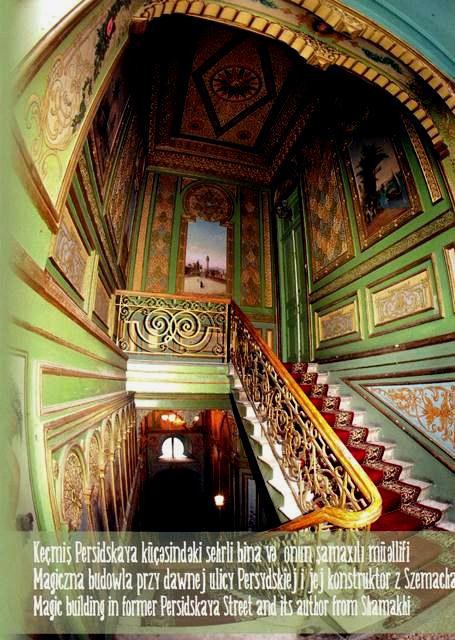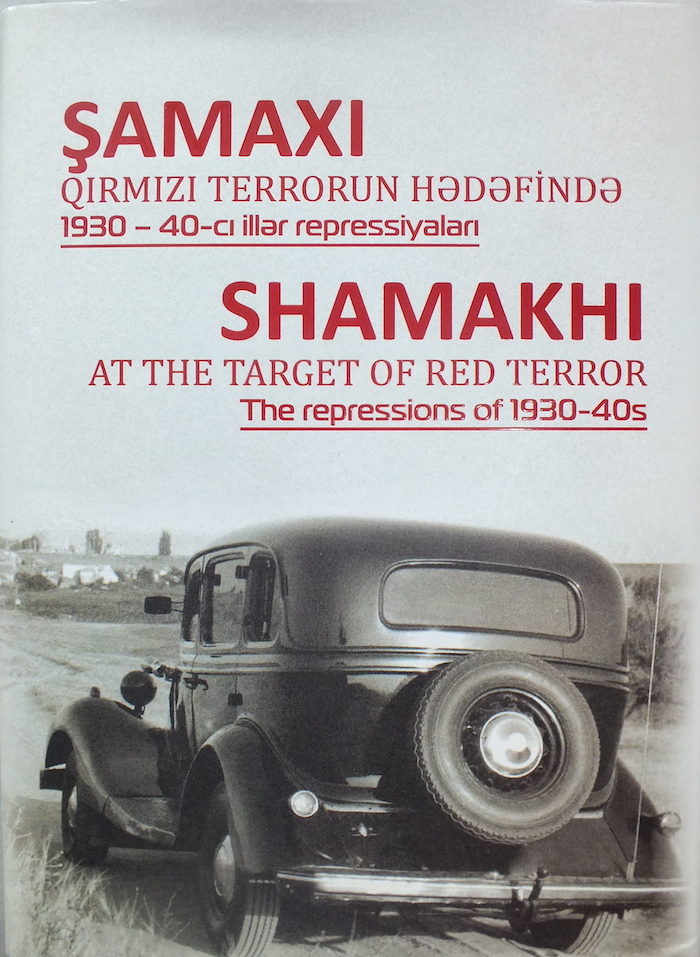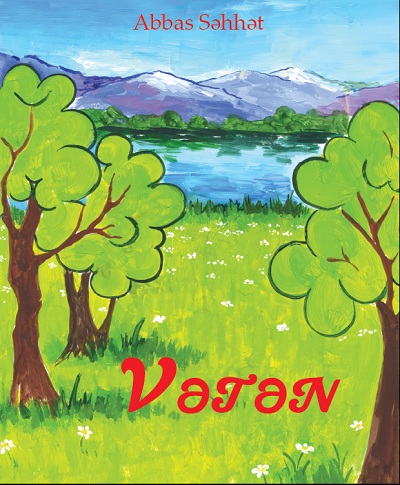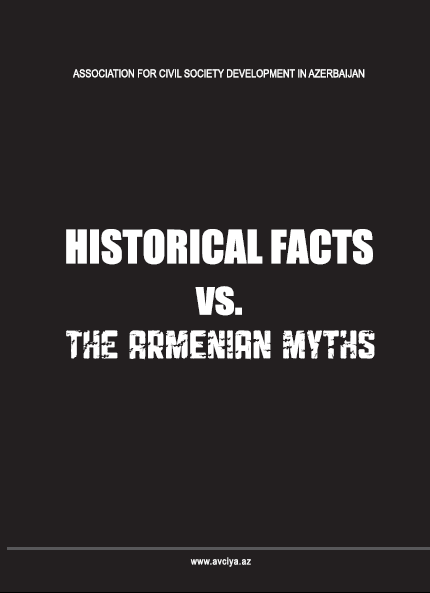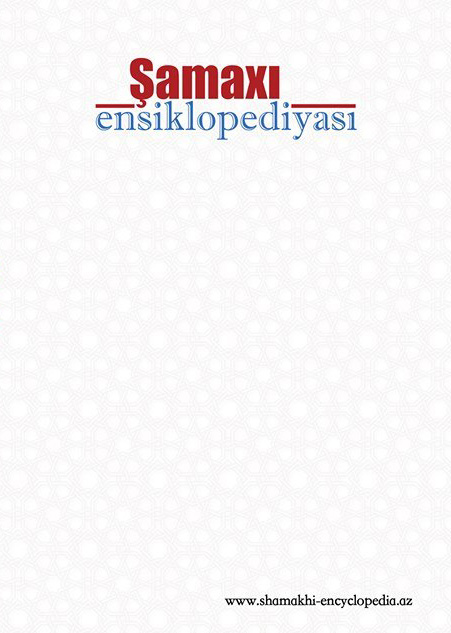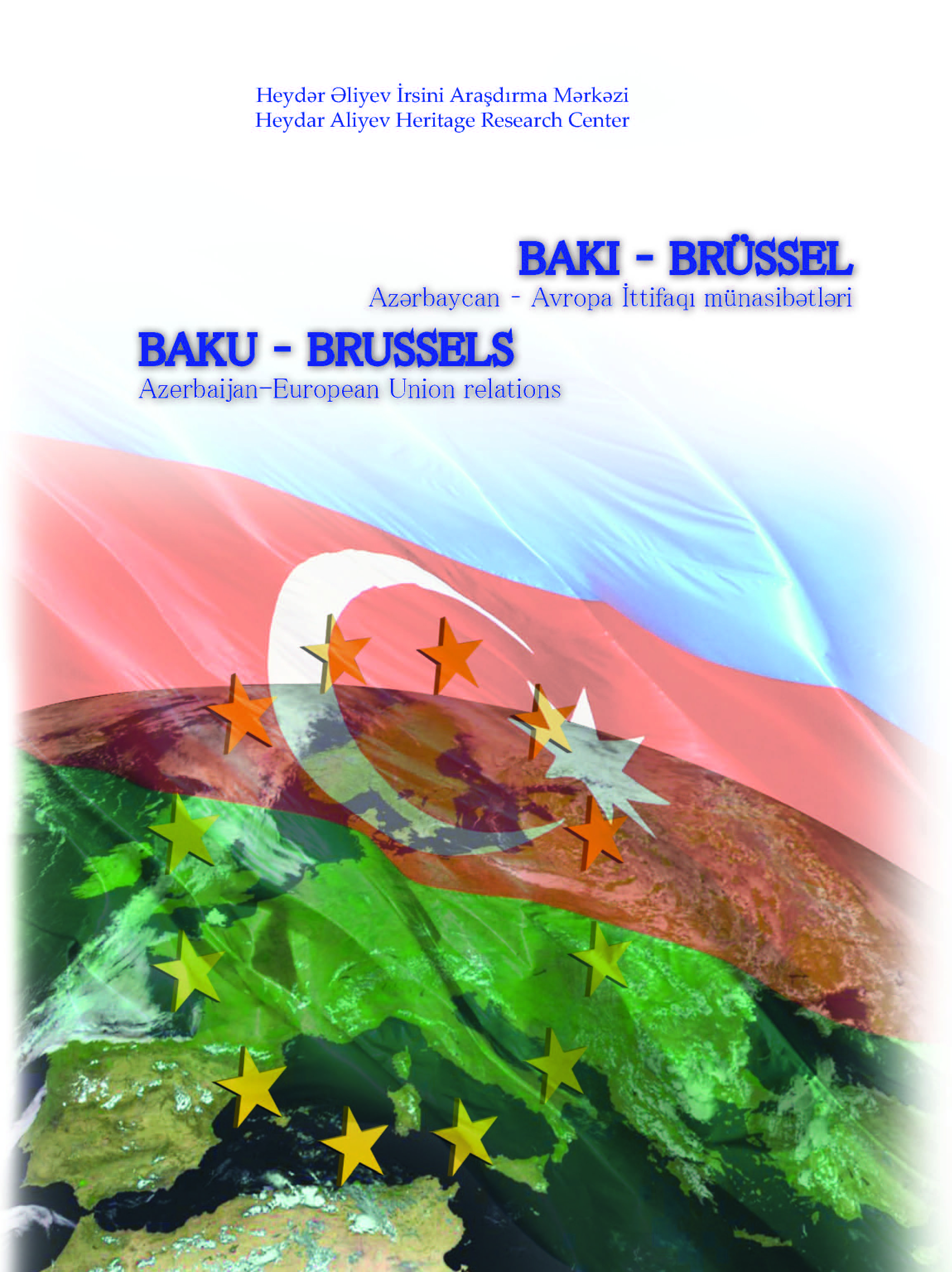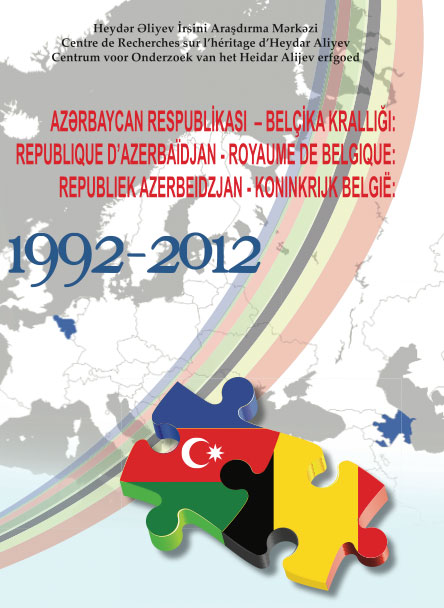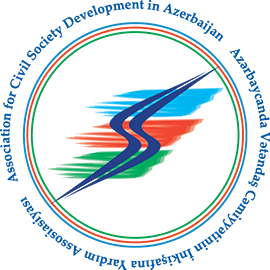Book titled ?Sarsang SOS: historical and cultural monuments in danger? presented
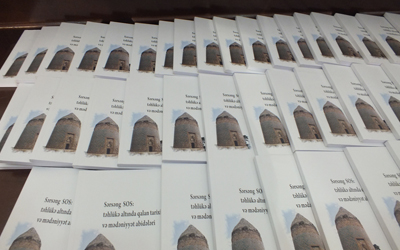 The book titled “Sarsang SOS: historical and cultural monuments in danger” has today been presented in Azerbaijani, English and French versions, APA reports.
The book titled “Sarsang SOS: historical and cultural monuments in danger” has today been presented in Azerbaijani, English and French versions, APA reports.
The book was published within the project “Call of Sarsang” of the Association for Civil Society Development in Azerbaijan.

The book titled “Sarsang SOS: historical and cultural monuments in danger” has today been presented in Azerbaijani, English and French versions, APA reports.
The book was published within the project “Call of Sarsang” of the Association for Civil Society Development in Azerbaijan.
The project was initiated by President of the Association for Civil Society Development Elkhan Suleymanov and Vice-president of the Association Vali Alibeyov and authored by PhD in historical sciences Maharram Zulfugarli, art critic Minakhanum Asadova and archaeologist, PhD in history Tevekkul Aliyev.
The book reflects the report on research of historical and cultural monuments in Aghdam, Berde, Terter, Goranboy and Yevlakh regions within the scope of Sarsang reservoir.
Delivering a speech at the presentation ceremony, Alibeyov said 4 000 people would die, historical and cultural monuments in Agdam, Aghjabadi, Barda, Terter, Goranboy and Yevlakh would be destroyed in case of any accident in Sarsang reservoir. He also noted that Sarsang reservoir is under occupation and Armenians use this reservoir as a hydrological threat against Azerbaijan.
It was noted that outcomes of the studies on Sarsang reservoir would be submitted to the Parliamentary Assembly of the Council of Europe, this reports would be also submitted to the PACE rapporteurs on Nagorno-Karabakh and other occupied regions.
Zulfugarli, who led the research group, said the research was conducted in May and June this year. He said there are numerous burial mounds in these regions. “In case of any accident in Sarsang reservoir, not only modern era monuments, but also burial mounds dating back to BC can be destroyed.”
He said German archaeologists also took place in the studies.


